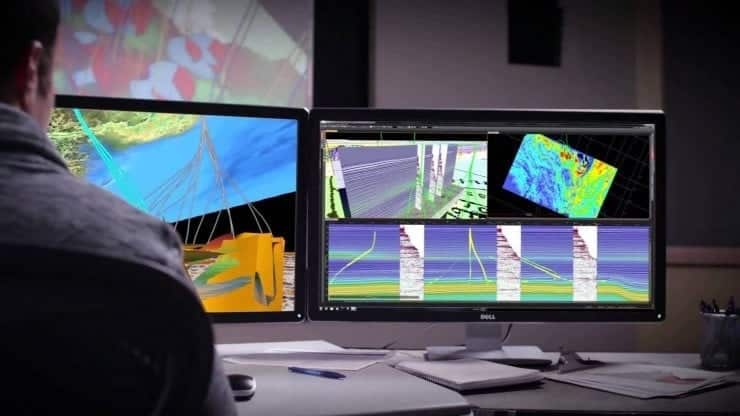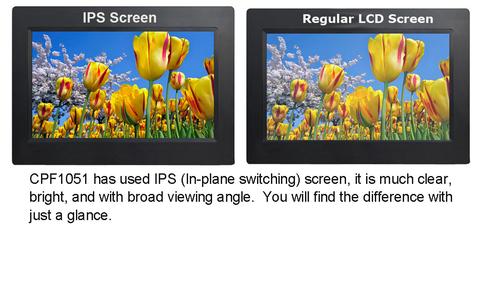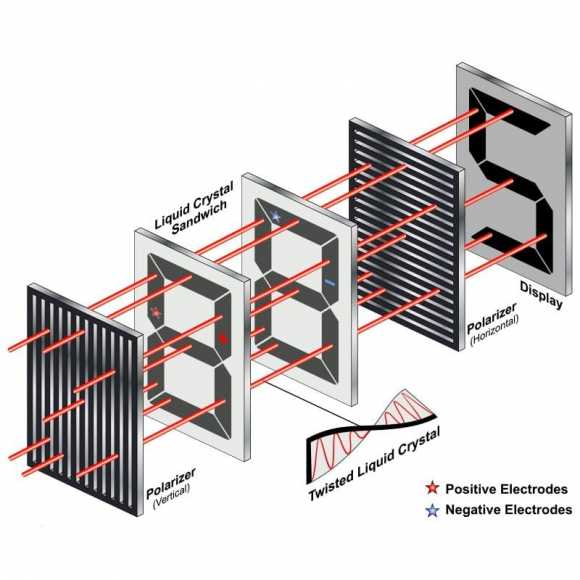When buying a PC monitor or a new smartphone, it is very common to see the word IPS between the specifications and features of the new device that we are going to acquire. But what exactly is an IPS screen and what advantages does it provide? We explain everything in this article.
Why is the IPS screen used in smartphones and monitors?
The technology of a screen panel is important because it affects what the screen can do, and for what uses is the most appropriate. There are different types of panels for screens, they all offer their own benefits and their distinctive disadvantages. Choosing what kind of panel type to buy will depend to a large extent on your intended use and your personal preference. Considering how the requirements of players, graphic designers, and office workers are completely different, it is not difficult to imagine that there are specific types of monitors that are more suitable for each scenario of different use.
LCD or “Liquid Crystal Display” is a type of panels that cover thin layers of liquid crystals sandwiched between two layers of filters and electrodes. While CRT monitors used to shoot electrons against glass surfaces, LCD monitors operate using backlighting and liquid crystals. The LCD panel is a flat sheet of material containing layers of filters, glass, electrodes, liquid crystals, and backlight. Polarized light, which means only shines in a plane, is directed towards a rectangular grid of liquid crystals and is transmitted through it.
Liquid crystals (LC) are used because of their unique ability to maintain a parallel shape. Acting as a solid and liquid, LCs are able to react quickly to changes in light patterns. The optical properties of the LC are activated by the electric current, which is used to change the liquid crystals between the phases. In turn, each pixel generates an RGB color (red, green, blue) based on the phase it is in.
IPS monitors or “In-Plane Switching” monitors take advantage of liquid crystals aligned in parallel to produce intense colors. IPS panels are defined by the changing patterns of their liquid crystals. These monitors were designed to overcome the limitations of TN panels when it comes to reproducing colors and offering wide viewing angles. The ability of the liquid crystal to move horizontally in these IPS panels creates better viewing angles.
Variations of the IPS monitor include S-IPS, H-IPS, e-IPS and P-IPS and PLS, the latter being the last iteration. Since these variations are quite similar, they are all collectively referred to as “IPS” type panels. All claim that they offer the main benefits associated with IPS monitors – excellent color and ultra-wide viewing angles.
Advantages and disadvantages of an IPS screen
IPS panels continue to be the preferred display technology for users who want color precision and consistency. These IPS panels are really great when it comes to color performance and super wide viewing angles. The expansive viewing angles provided by IPS monitors help to deliver exceptional color when viewed from different angles. An important differentiator between IPS monitors and TN monitors is that the colors on an IPS monitor do not move when viewed from as drastic an angle as they do on a TN monitor.
When it comes to color accuracy, IPS monitors easily outperform the performance of TN and VA monitors. While state-of-the-art VA technologies offer comparative performance specifications, pro users still claim that IPS monitors are the ones that govern in this respect. Another important feature of IPS monitors is that they can support professional color space technologies, such as Adobe RGB. This is due to the fact that IPS monitors can offer more colors that can be displayed, which helps to improve color accuracy.
IPS panels offer 178-degree horizontal and vertical viewing angles. Graphic designers, CAD engineers, professional photographers, and video editors will benefit from the use of an IPS monitor. Many users value the color benefits of IPS monitors and technological advances have improved the speed, contrast, and resolution of the IPS panel. IPS monitors are more attractive than ever for general desktop work, as well as for many types of games. They are even versatile enough to be used in different styles of monitors.
In the past, response time and contrast were the initial weakness of IPS technology. Today, however, IPS monitor response times have advanced to the point where they are even able to satisfy players, resulting in growing popularity in IPS gaming monitors. With respect to games, some criticisms that IPS monitors include a more visible blurring movement as a result of slower response times, however, the impact of motion blur will vary from one user to another.
With this end our special article on what is an IPS screen on a mobile or a PC monitor, you can leave a comment if you have any suggestions to add.



